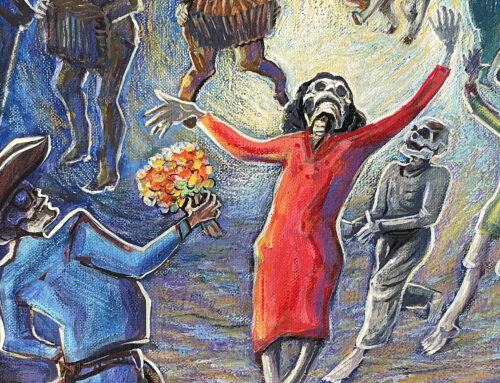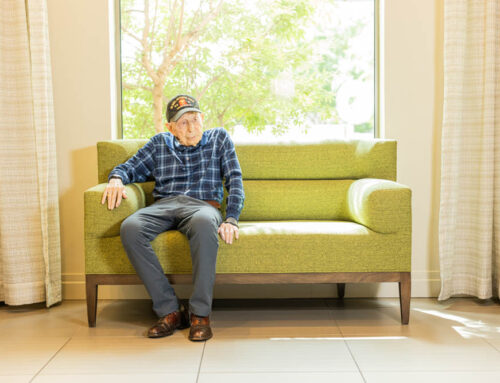
Where most — if they noticed it at all — saw a densely thicketed stretch of land separating Lake Highlands from busy Central Expressway, Diane Cheatham saw 14 acres of opportunity to create a vanguard village of modern and sustainable homes that would attract various types of buyers.
“When I bought [the land], it was thick with trees, jungle-like. I couldn’t even walk through,” says Cheatham, a former accountant who became a full-time builder at age 40.
Today, about six years after purchasing the acreage just east of Forest Lane, the brush is cleared, and Cheatham’s vision is nearly half-completed. A narrow street (22 feet wide to minimize use of impervious pavement) is sloped for rain collection and curves through an assemblage of crisp contemporary homes varying in shape and square footage — their values range from $300,000 to several million dollars, Cheatham says.
Representing the upper end of that scale is her two-story, 3,824-square-foot home built, as is every aspect of the Urban Reserve community, with an impeccably Earth-friendly attitude.
Rain gardens and a duck-populated pond serve more than simple aesthetics — they filter and reuse rain water, as does Cheatham’s futuristically shaped roof, whose recycled slate traps 100 percent of roof water before channeling it to an underground tank for future irrigation purposes.
In fact, Cheatham loves Urban Reserve so much that she’s building a new three-story home at the northern edge of the subdivision. Before founding this urban neighborhood, she and her husband, Chuck, lived for 25 years in the Oak Lawn area, where she worked on mid-city infill projects. She didn’t want to leave Oak Lawn at first, but now she can’t imagine leaving her newfound refuge.
“The move was challenging, but I love being here. When we got all moved in, here’s how I felt …” she takes a deep breath and, eyes closed, exhales with an “ahh”.
“I love the quietness, but we are still in the loop. Even though we are near the highway, we don’t have traffic noise.”
It is hushed — aside from the faint hum of the DART rail, a few construction workers and city contractors putting final touches on the White Rock Trail, which will wind through pecan and willow trees and along bamboo-filled green spaces.
The community is only halfway sold at this point — 25 of 50 lots have been sold. One of the most recently completed homes belongs to David and Julie Dempsey. David Dempsey calls Urban Reserve a sanctuary where he hopes to spend the rest of his life.
“We have built three homes; the first two were more traditional. We found this to be a refreshing approach to building a home and were attracted to the energy efficiency aspect,” Dempsey says. (He says his electricity bills have gone from about $650 in his former 3,500-square-foot home to about $150 in his new 2,000 square-foot home).
“The next move from here will be to the cemetery,” he quips.
Based on his experiences, constructing a sustainable home was more complicated than building a traditional home, Dempsey says, but Cheatham pairs clients with architects, dictates design guidelines and oversees the projects from a distance. That made the progression as smooth as possible, Dempsey says.
A sustainable home is designed from the inside out, says architect Dan Shipley, who has built homes in Urban Reserve. Window placement, for example, is a key component that determines both efficiency and appearance.
“You have to strategically place glass in a way that allows natural light into the right spaces but keeps heat out of those spaces,” Shipley says.
Building the home with proper insulation and protection from water damage, and using materials that don’t require too much upkeep are just a few of the myriad elements that go into “smart” building, Shipley says. (He steers away from buzzwords such as “green” or “eco-friendly”.)
“It’s these considerations that drive the way the outside of the house looks.”
The beauty of Urban Reserve lies not only in its eco-friendly nature and visual appeal, but also in the people it attracts. While the character of many subdivisions is determined by its residents’ stage in life, Diane Cheatham says, it’s a little different in Urban Reserve.
“People here are connected based on what they love — trails, art, nature,” she says.
“This way, you see a lot of diversity. Our youngest buyer is 28, the oldest is 80, and there’s everything in between. It makes for an interesting place to live.”





